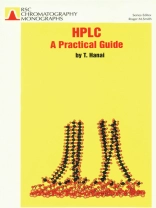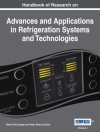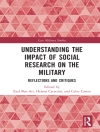How can these compounds be separated? Why was that method used? These are the two basic questions often asked by students of chromatography. HPLC: A Practical Guide provides the answers, enabling the reader to grasp the concepts of the technique using simple, representative chromatograms. Divided into six chapters, this practical guide covers basic concepts of HPLC; instrumentation; stationary phase materials; eluents; column efficiency; and the influence of physical chemistry on separations. Focusing on the basic considerations such as selection of stationary phase and eluent, rather than specific applications, sections on troubleshooting are also included. Uniquely, the descriptions of chromatographic separations are based on solubility using molecular properties, and solubility parameters are used to analyse the selections of chromatographic mode and column. Presenting the chemistry of liquid chromatography for undergraduate students, this valuable practical guide will also be useful for laboratory staff in industry and academia.
Tabela de Conteúdo
Front matter;Preface;Contents;Basic concepts of high-performance liquid chromatography;Instrumentation;Preparation, testing, and selectivity of stationary phase materials;Selection of the eluent;Separation based on an improved column efficiency;Influence of physical chemistry on separations in liquid chromatography;Subject Index












